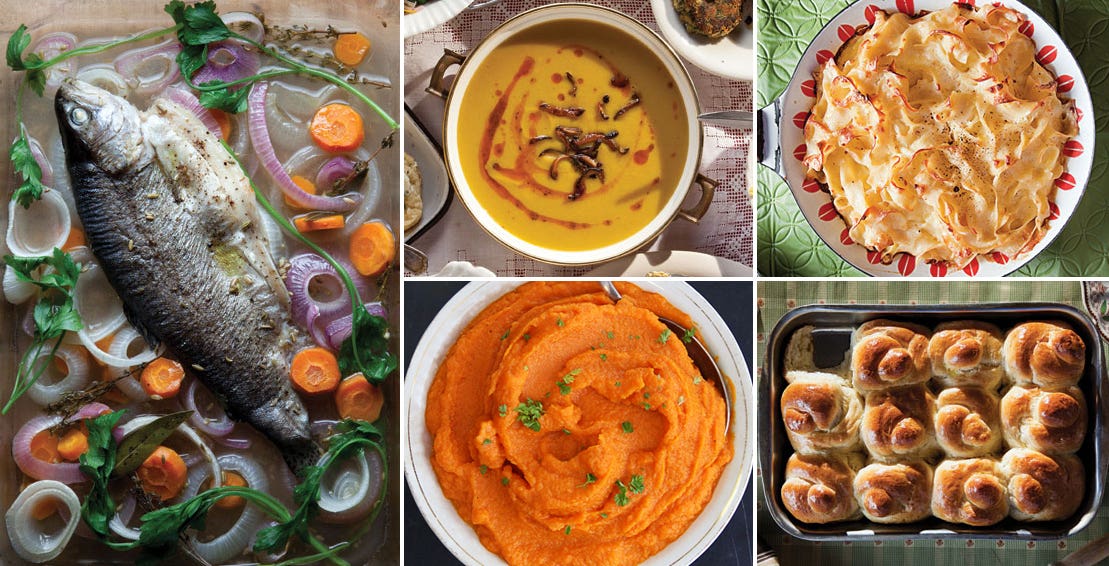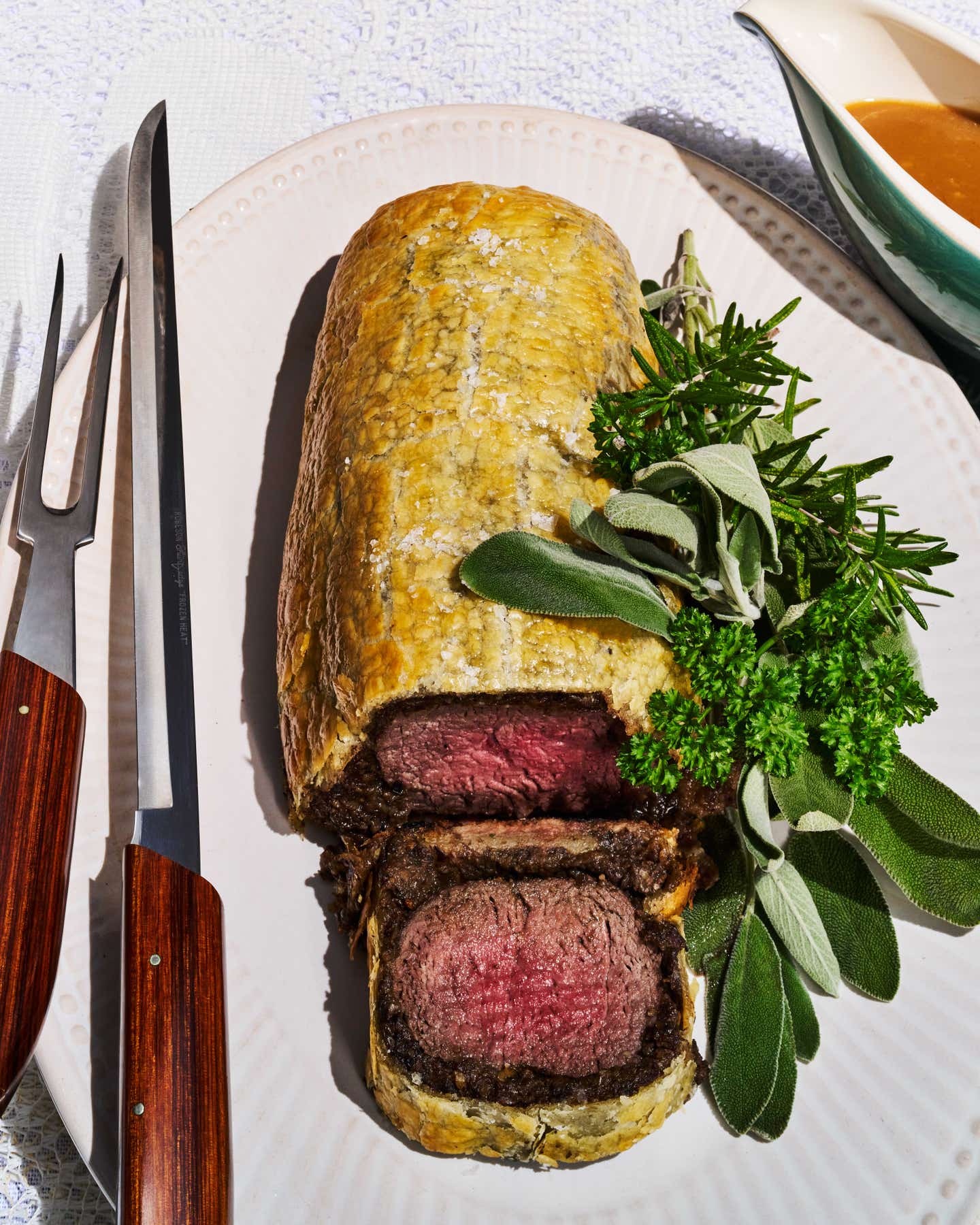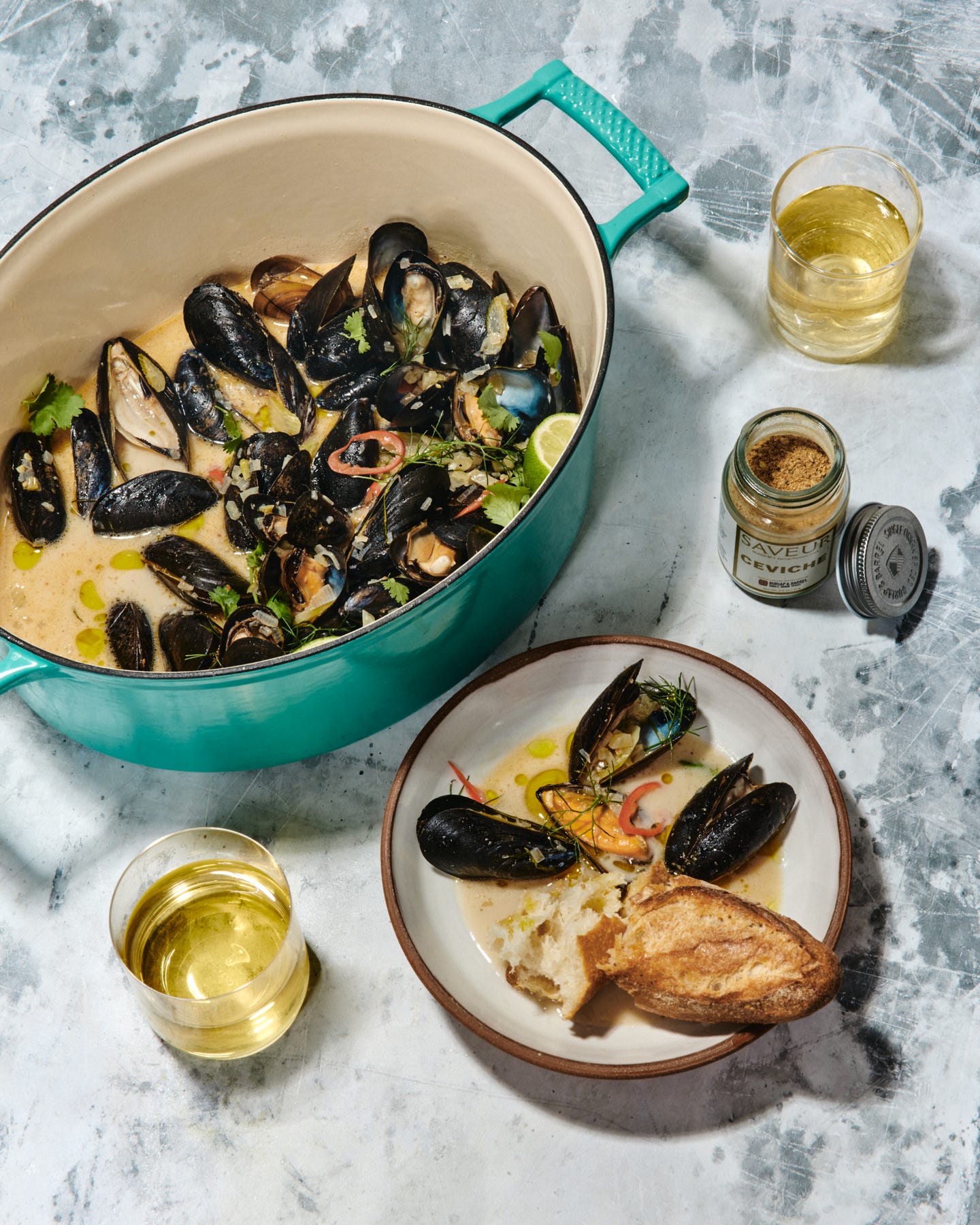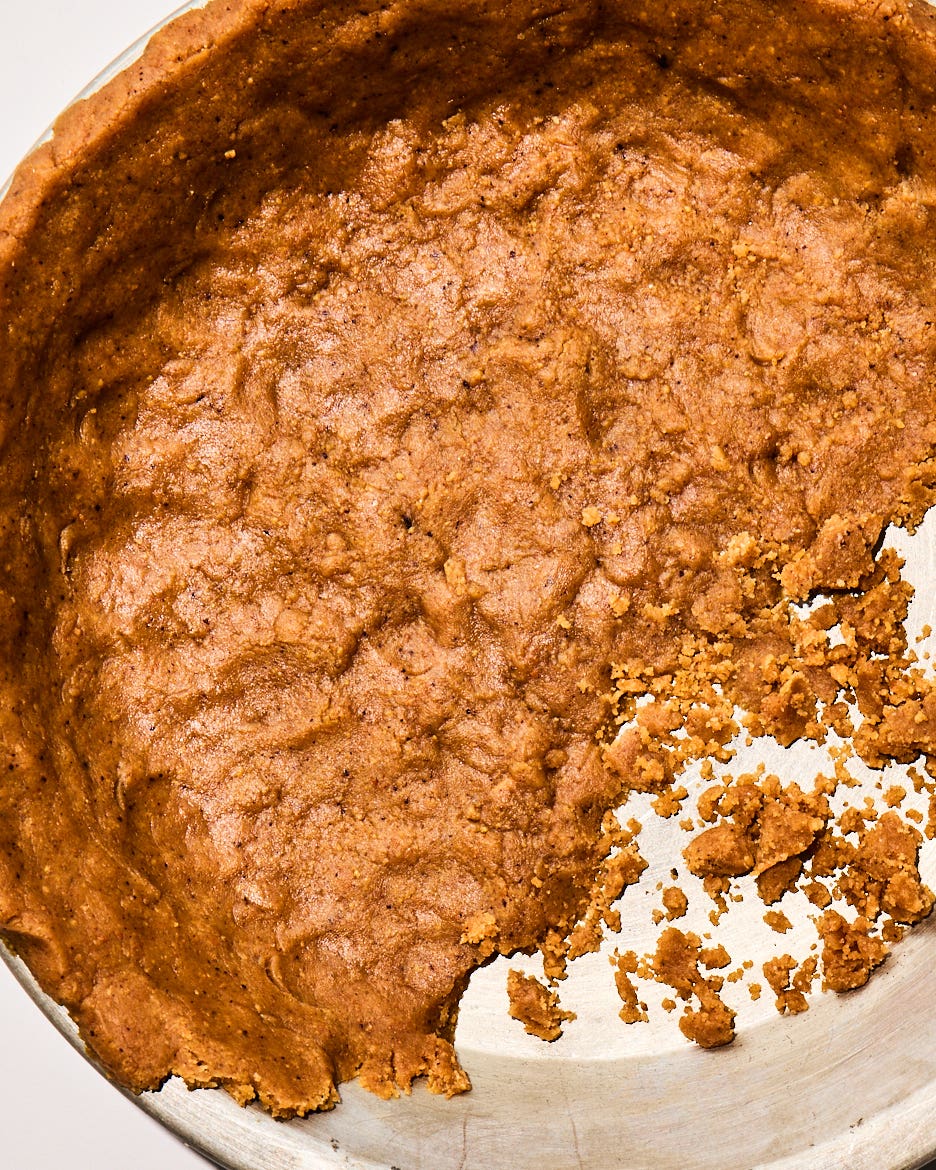
Recipes
Menu: A Rosh Hashanah Feast

The Menu
More About This Menu
- Carrots are often eaten on Rosh Hashanah to symbolize the desire for increased blessings—the Yiddish word for carrots also translates roughly to "more." If you're keeping kosher, substitute vegetable broth or water for the chicken broth in the recipe.
- Fish is a symbol of blessings for the year ahead; it's customary to serve it with the head on, a reference to the verse "be as the head and not as the tail"—leaders rather than followers. If you like, you can replace the onions in the recipe with leeks—another symbolic food, representing the hope that enemies will be "cut off" (the Aramaic name for leeks sounds similar to the word for "cut off" or "destroy").
- Honey, a classic on the Rosh Hashanah table, is said to imbue the coming year with sweetness; it's also an essential ingredient in lekach, where it adds moisture and a dense texture. Thanks to that moistness, the cake can be made a day ahead without drying out; just wrap it tightly in plastic, store it at room temperature, and glaze it just before slicing and serving.
- The squash and apple soup can also be made ahead; start it the day before or in the morning, cooking it through step 2. Let the soup cool and store it in the refrigerator; it can be easily reheated for serving and finished with the fried mushrooms and herb butter.
Keep Reading
Continue to Next Story
ADVERTISEMENTADAD










